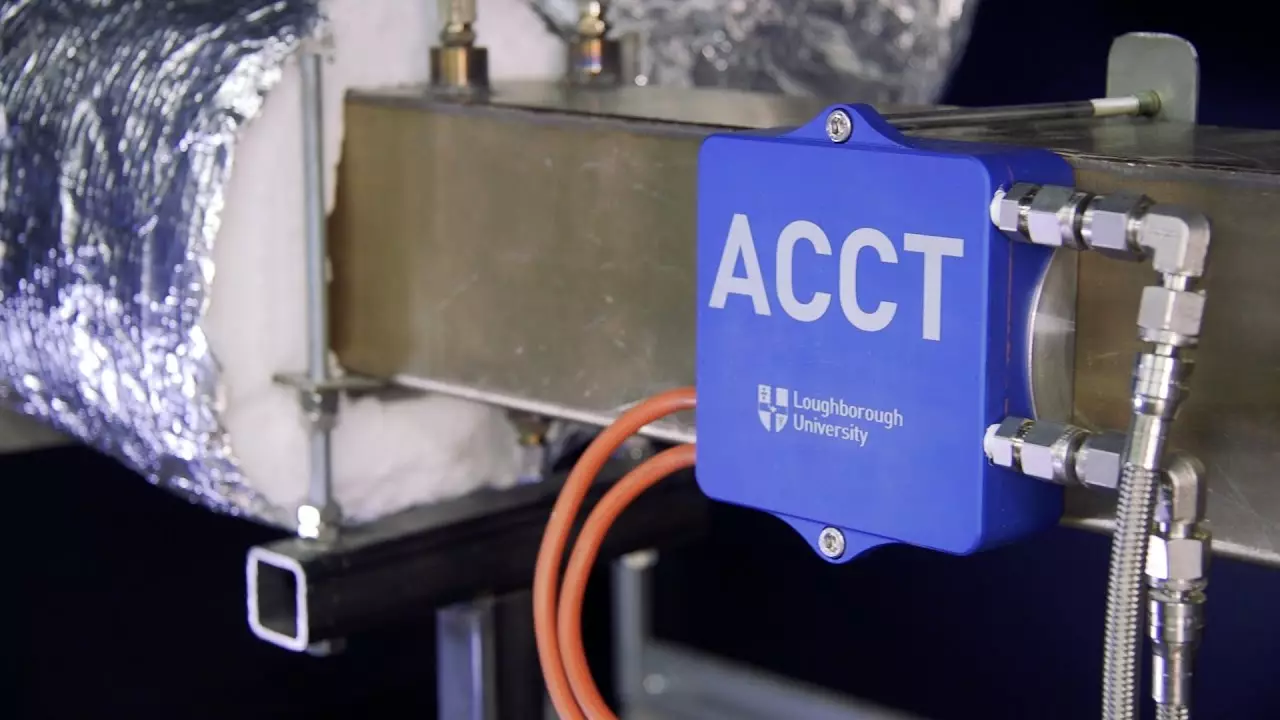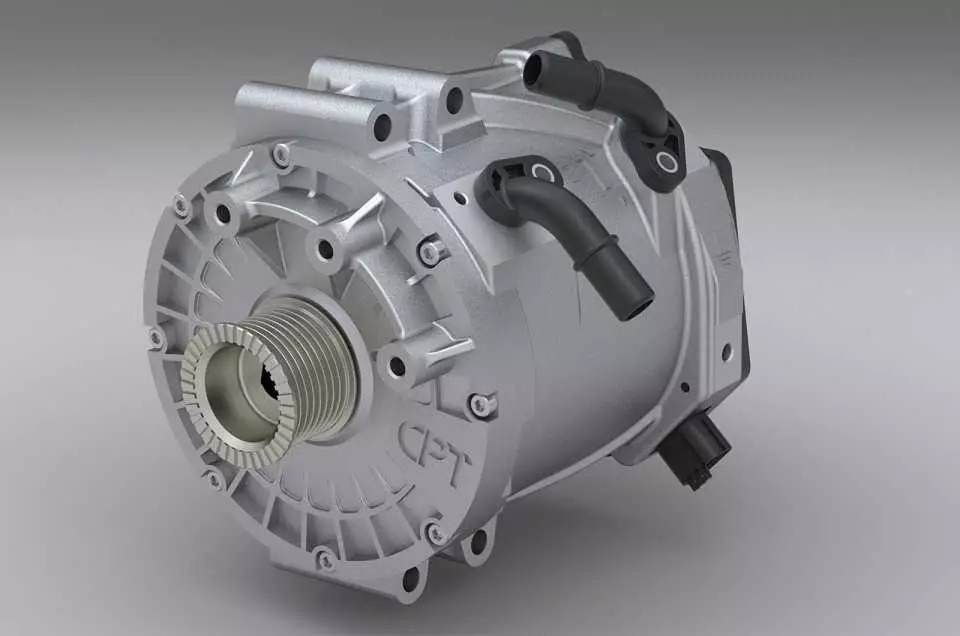I belong to a generation that had the opportunity to witness, in the past decade, the slow death of 2-stroke engines on motorcycles. I remember that the problem pointed out to the engines that resorted to this combustion cycle was related to the burning of oil in the air/fuel mixture, which gave rise to “massive” doses of pollutant emissions. Therefore, the same problem that is currently pointed out to Diesel engines.
As is the case now with diesel engines, at that time several manufacturers around the world decreed the end of 2-stroke engines as well. Despite the growing disinterest of brands in 2-stroke engines, the truth is that consumers continued to value these engines. Mechanical simplicity and reduced operating costs continued to be pointed out as the main advantages. Where have I heard this story…?
Never place bets against engineers - it's advice (...)
However the 2-stroke engines almost disappeared. In the competition there is no sign of them… but they are back! Thanks to the research and development of injection technologies, KTM, one of the main European motorcycle brands, has managed to revive 2-stroke engines in Enduro motorcycles. If you're interested in the topic, you can visit this site, here it's all explained, because this was just an introduction to talk about Diesel engines...
Returning to the theme of diesel engines, two technologies were recently presented that can change the course of events and postpone the death of these engines, as happened with 2-stroke engines. Let's meet them?
1. ACCT (Ammonia Creation and Conversion Technology)
From Loughborough University comes ACCT (Ammonia Creation and Conversion Technology). In practice, this is a system that works as a "trap" that destroys the famous NOx particles, which, more than pollutants, are, above all, harmful to human health.

As you know, most recent diesel engines that are Euro 6 compliant are equipped with selective catalytic reduction (SCR) systems that use AdBlue fluid to transform NOx into harmless gases. The great innovation of ACCT is the replacement of AdBlue, with another more effective compound.
Professor Graham Hargrave, Loughborough UniversityWe are well aware of the diesel problem in cold starting. This is where Diesels pollute the most. (...) Our system avoids this pollution in real conditions.
So what's the problem with AdBlue? The main problem with AdBlue is that it only works at high temperatures – that is, when the engine is “hot”. On the contrary, ACCT is able to transform noxious gases into non-noxious gases at wider thermal intervals. As it is effective down to -60º Celsius, this new chemical compound works every time. Something that will help (a lot!) Diesel engines when the new WLTP standard is adopted – which you can find out here – and which will test the engines under real conditions of use.
2. CPC Speedstart
The second system comes from Austria and was created by Controlled Power Technologies (CPT). It's called Speedstar and it's been in development for at least 15 years.
As you can see from the images, the Speedstar looks like an alternator – for those who do not know what an alternator is, it is a component that transforms the engine's kinetic energy into electrical energy through a belt. The problem with alternators is that they create inertia in the operation of combustion engines and therefore further reduce their energy efficiency – which by nature is already very low. CPT's proposal is that the Speedstar replaces conventional alternators.
Speedstar's operating principle is simple. When the engine is not under load, it acts as a power generator (like alternators), taking advantage of engine motion to generate up to 13kW of electrical power. When under load, the Speedstar ceases to function as an energy generator and starts to function as an auxiliary engine to the combustion engine, delivering up to 7kW of power.

Thanks to this aid (both in storage and energy delivery) the Speedstar manages to reduce NOx emissions by up to 9% and consumption by up to 4.5% – this in a 3.0 V6 diesel engine. The Speedstar can work with 12, 14 and 48V electrical systems.
To cool down, this system uses the same cooling circuit as the engine. Another advantage of this system is that it can also be adapted to gasoline engines. So it's just good news.
Are the Diesels really going to end?
Never place bets against engineers – that's advice. These guys have the ability to make us swallow, through the contraptions they invent, many truths that we thought unmistakable. We may be facing one of these cases with the announced, certain and unequivocal death of Diesel engines. Or else it's not so sure... only time will tell.
And yes, the title of this article was a reference to the famous debate between Álvaro Cunhal and Mário Soares – two figures in our history that need no introduction. And the politicians, just like the engineers, they often change our laps – not to mention the engineers who are also politicians. But this was just an outburst…
